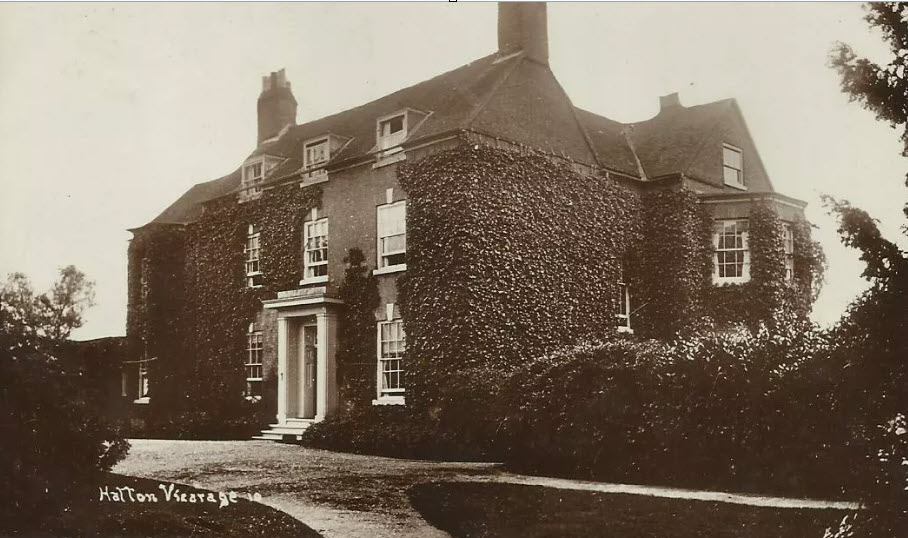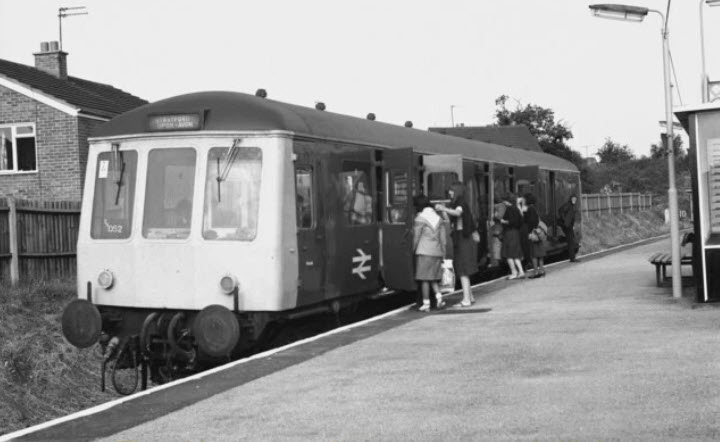

History of the Warwickshire Village of Hatton
Anglo-Saxon and Medieval Origins
Hatton’s history extends back to the Anglo-Saxon period, with archaeological evidence suggesting the presence of a high-status settlement during the Migration period. In 781 AD, two important charters reference the area that would become Hatton. These documents show that the land was part of a large royal estate that gradually diminished during the 8th century, possibly during the period of Mercian supremacy.
Archaeological excavations have revealed what may have been an Anglo-Saxon palace complex dating to around 875 AD, located approximately 500 meters northeast of Hatton Rock. This settlement featured large rectangular timber buildings arranged in a sophisticated layout, similar to other known royal sites like Yeavering and Cheddar. The site may have served as an episcopal or royal residence before passing into the hands of the Bishop of Worcester.
The Medieval Manor
By the medieval period, Hatton had developed into an established settlement with its own manor. The village’s name derives from the Anglo-Saxon, meaning “settlement on a heath”. The manor was historically significant enough to be mentioned in various medieval documents, and the area included the hamlets of Beausale and Shrewley.
One of the most important medieval figures associated with Hatton was Hugh de Hatton, who held the manor in the 12th century. According to tradition, Hugh was captured during the Crusades and imprisoned in Jerusalem for seven years. Legend states that Saint Leonard appeared to him in a dream and freed him from his chains, prompting Hugh to dedicate 3,000 acres of his Hatton estate to found Wroxall Priory in 1141. This Benedictine nunnery operated for nearly 400 years until Henry VIII’s Dissolution of the Monasteries in 1536.
The medieval settlement pattern included a now-deserted village called “Hatton on Avon,” distinct from the current Hatton village. Documentary evidence suggests 17 people were taxed there in 1332, but the settlement was abandoned sometime between 1372 and 1452.
Church and Religious Heritage
Holy Trinity Church at Hatton Green represents the village’s medieval religious heritage. Originally built during the medieval period, the church was largely rebuilt in 1880 by architect W. Young, though the west tower dates from the early 16th century. The church contains a 13th-century font bowl and serves as a Grade II* listed building.
The church gained particular renown through Dr. Samuel Parr, a distinguished scholar and educationalist who served as vicar of Hatton. Dr. Parr was known for having holes cut in the church tower so he could better hear the bells calling him to worship. His library, housed in a specially built room at the parsonage, became famous throughout the scholarly world.
The Railway Era and Industrial Development
The arrival of the railway in 1852 marked a transformational period in Hatton’s history. The Birmingham and Oxford Junction Railway opened Hatton station on October 1, 1852, as part of a mixed-gauge line owned by the Great Western Railway. The station became a junction in 1860 when a branch line to Stratford-upon-Avon opened.
The railway brought significant infrastructure development, including platform extensions in 1892 and 1897, additional sidings, and improved buildings. The challenging five-mile gradient known as “Hatton Bank” required banking engines for heavy freight trains, making the station a notable operational center.
The Arkwright Estate
In 1830, a pivotal moment in Hatton’s modern history occurred when Peter Arkwright, grandson of the famous industrial pioneer Sir Richard Arkwright, purchased the Hatton Estate for his second son Edward. The Arkwright family connection to cotton mills and the Industrial Revolution brought new prosperity to the area.
The current Hatton estate includes Hatton Country World (formerly Hatton Country World), which began as farm diversification in the early 1980s. The original farmstead buildings from the 1830s were converted into craft outlets in 1983, eventually evolving into the shopping village and adventure park that exists today.
The Grand Union Canal
The construction of what was originally the Warwick & Birmingham Canal brought significant change to Hatton in the late 18th century. Opening in December 1799, the canal included the famous Hatton Flight of 21 locks, which raised the waterway 146 feet over approximately two miles.
The locks were originally built by navigators (navvies) in 1790, but were reconstructed as wider concrete locks between 1932 and 1934. The new locks, opened by the Duke of Kent in 1934, could accommodate two narrow boats side by side and featured innovative paddle gear manufactured by Ham Baker & Co. The flight became known locally as the “Stairway to Heaven” due to the arduous work required to navigate it.
The County Asylum Era
One of the most significant developments in 19th-century Hatton was the establishment of the Warwick County Lunatic Asylum in 1846. Built on a 42-acre site purchased from the Earl of Warwick, the asylum opened in 1852 with its first patients arriving on June 30.
The asylum represented Victorian attitudes toward mental health treatment and became a substantial complex housing up to 1,600 patients at its peak. The facility operated more like a self-sufficient village, with its own farms, chapel (completed in 1862), sports facilities, workshops, and even a cemetery. Patients provided much of their own food through agricultural work on the asylum’s farms.
The institution underwent several name changes: from Warwick County Lunatic Asylum to Warwickshire County Mental Hospital in 1930, then to Central Hospital in 1948 when it joined the National Health Service. The hospital finally closed in 1995, with many buildings demolished and the site converted into the Hatton Park housing development.
20th and 21st Century Development
The late 20th and early 21st centuries have seen Hatton evolve from a primarily agricultural village to a more diverse community. The closure of Central Hospital in 1995 led to the creation of Hatton Park, a large housing development that preserved some of the original Victorian buildings while adding modern residential areas.
Today’s Hatton parish includes both the original village (approximately 100 homes) and Hatton Park (about 750 homes). The community benefits from excellent transport links, including the M40 motorway and continued rail services through Hatton railway station, which connects to Birmingham, London Marylebone, and Stratford-upon-Avon.
Contemporary Challenges and Future Development
Modern Hatton faces significant development pressures, with the village identified as a potential location for substantial housing expansion. Recent planning documents suggest that Hatton could accommodate over 8,000 new homes as part of the South Warwickshire Local Plan, which would transform the rural character of the area. This proposed development reflects the ongoing tension between preserving Hatton’s historical character and meeting modern housing demands in the region.
The village continues to balance its rich historical heritage—from Anglo-Saxon royal sites to Victorian industrial infrastructure—with the pressures of 21st-century development, making it a fascinating example of English village evolution across more than a millennium.